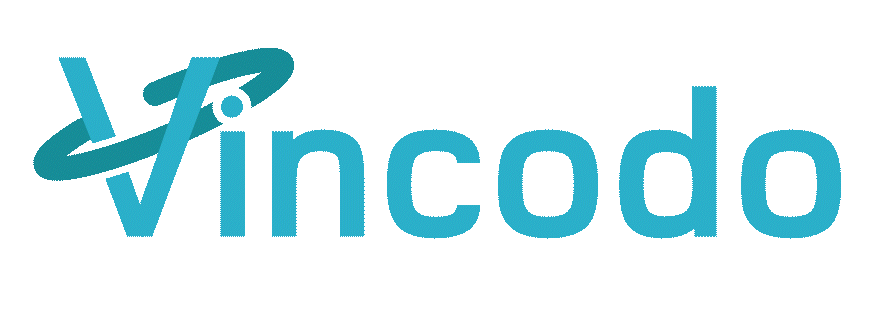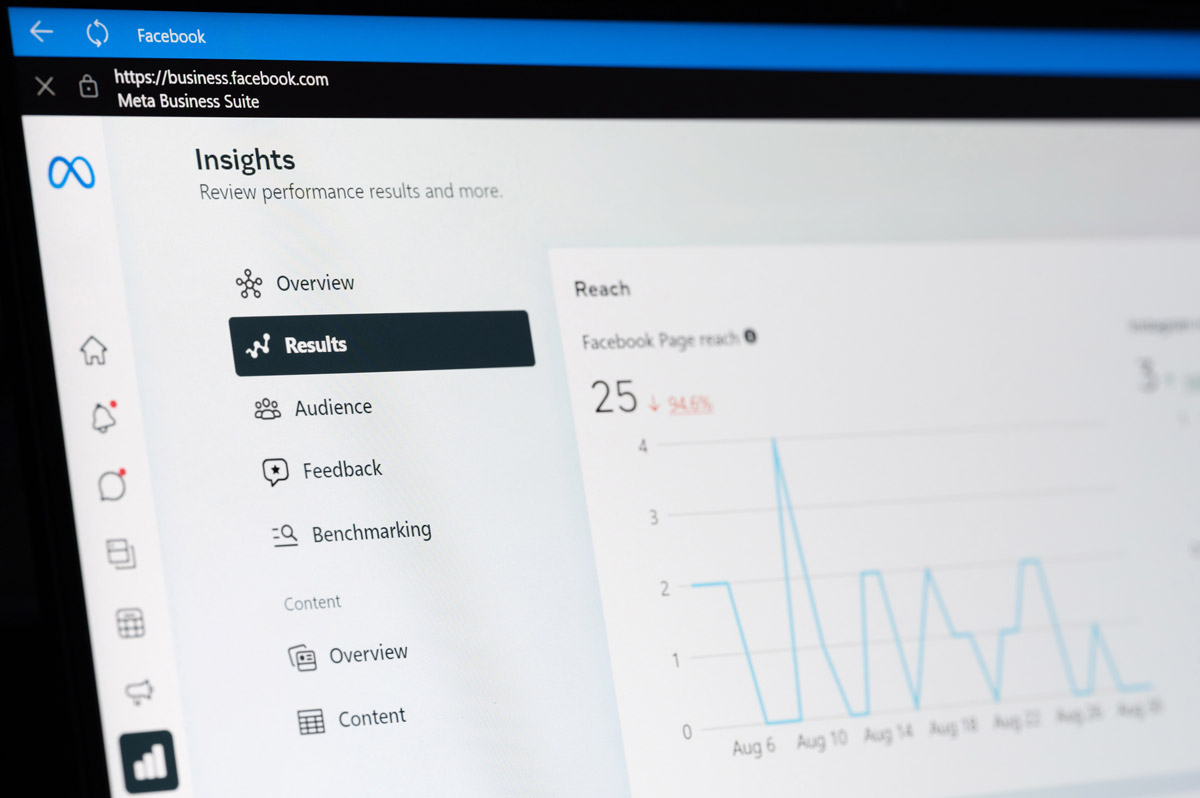Late yesterday Google execs breathed a sigh of relief, as a federal judge summarily dismissed Viacom’s three-year-old copyright infringement lawsuit against YouTube over the alleged posting of more than 100,000 video clips from Viacom-owned video programming. Viacom had sought billions in damages, but Google’s legal team once again pulled out the victory.
The case hinged upon the interpretation of the Digital Millennium Copyright Act. Google argued that it had safe harbor protection because the videos were uploaded by others. Viacom contended that Google was aware it was hosting unlawful content and turned a blind eye. The judge sided with Google due to their swift response to remove content showed they were actively responding to complaints in accordance with the Digital Millennium Copyright Act.
While Google won the case on a technical interpretation of the law, their hands are filthy with the tens of thousands of copyright violations that occur each day on YouTube. Ads are run, revenues are collected and the owner of the content has limited recourse. Most painful for those copyright holders is that their videos are those they get the most play, because you don’t copyright unless the content is valuable for re-airing.
The Viacom suit brings light to a significant problem it must resolve with YouTube. It is a business built upon the selling of ads and Advertisers do not want their brands associated with violators of basic legal principles that every website follows. The revenue that could be achieved on YouTube is being stalled by Google lax approach to aggressively cap the violations.
For anyone that has had the opportunity to manage a YouTube channel for a client, you’ve seen first hand how significant a problem copyright violation has become. It has exploded since the Viacom lawsuit was initiated. From pirating video off the TV set to posting fake videos that fraud viewers with the promise of content for taking advantage of free offers, YouTube is being overrun by bad behavior. These users are well aware they are violating the law, but are unfettered because there are no immediate consequences to their actions. It is a neverending battle to monitor the misbehavior that simply doesn’t have to be.
The easy fix for Google is to begin administering consequences on the violators. Aggressively banning users through the implementation of a zero tolerance policy would be a step in the right direction. The policy can require a waiting period before uploading videos, a 30-day suspension on the first violation and a lifetime expulsion for a subsequent violation. One option is an intelligent IP Address / Cookie Mapping process across Google properties that attempts to tie fraudulent accounts together. Then there are flash cookies that most people don’t even know how to delete. They could attach into Google Toolbar or Google Desktop an identification mechanism that will refuse the loading of not only YouTube, but any Google property. Or how about creating a blacklist of the outlinks to the fraud sites that tout they are all about copyright infringement?
All of this can be done simply.
There are probably ten more options, but lets not belabor the issue. We know…and so does Google…that they have a lot of tools at their disposal to curb the copyright violations. It comes down to whether Google desires to slow down a growing problem or continue to profiteer through ill-gotten advertising revenue.
It will be interesting now that this case is resolved as to whether Google will continue to hide behind the Digital Millennium Copyright Act or show itself to be a good corporate citizens by protecting the copyrights of the very same Advertisers they seek revenue from.





